BUILDING THE LEDUC ACTIVE TRANSPORTATION CHARTER
The municipality of Leduc, Alta., has laid much groundwork to make it an active living superstar. From its 85 km+ of multi-use pathways, to Telford Lake, to its Parks, Open Spaces, and Trails Master Plan – when it comes to active living, Leduc has some good bones.
It is clear that Leduc prioritizes wellness, but how does a municipality translate a thriving recreational walking and wheeling culture into one that sees the same enthusiasm for active transportation? In short: build an active transportation charter specific to the municipality as a formal recognition of the value of active transportation.
Through funding from Canada’s National Active Transportation Fund, Charting Common Ground: Aligning School Board and Municipal Priorities to Improve Active Transportation for Citizens in Leduc is a collaborative effort, involving Ever Active Schools, Leduc’s Healthy Hearts Committee and the University of Alberta’s Centre for Healthy Communities. Its aim is to develop an active transportation charter for the City of Leduc that acknowledges the plans, resources, and infrastructure that are currently in place, while consulting with stakeholders to create a common vision that will be actioned.
Before the charter process begins, it is important to examine the current state of transportation options in the municipality. This includes identifying organizations that are responsible for providing transportation for large groups of people; such as the City of Leduc, which oversees built environment planning and construction and public transit, and school jurisdictions, which organize school busing for thousands of students each day and employ planners who design school sites for many transportation modes. These are groups that should be at the table early in the game so that they can help shape the charter to include the needs of the people whom they serve. Of course, engagement from all community sectors is desirable.
There are multiple steps involved in creating a charter, and community engagement is essential:
- Host a series of information sessions to increase awareness about the project and its goals;
- Organize multiple community consultation sessions to better understand what local stakeholders would like to see included in their charter – in Leduc’s case, these sessions were based on the Walk 21 Charter framework;
- Create a consultation survey, based on the session framework, to increase reach of respondents;
- Review, analyze, and summarize session and survey feedback in preparation for drafting the charter;
- Share the draft of charter with stakeholders for consultation, validation, and alignment; and
- Once the charter is finalized, promote, implement and monitor its adoption.
Now, adoption of the charter is one thing, but seeing it in action is another. Prototyping and piloting interventions to increase active transportation is “the proof in the pudding” – proof that walking and wheeling really is feasible as a transportation option. In Leduc, this has taken the shape of one community-driven program to support active school travel and one school-driven program to support active transportation for all citizens.
Ultimately, everybody benefits from active transportation – the health, safety, environmental and community-building merits are well researched – so prioritizing it in the form of a municipal charter is wise.
The fact that this process brought so many engaged, enthusiastic stakeholders together to share ideas illustrates that, for Leduc, active transportation is common ground.
Written by Tracey Coutts, Ever Active Schools
Originally shared in Healthy Schools Alberta Magazine, Fall 2023 edition. Read it for free online here!



